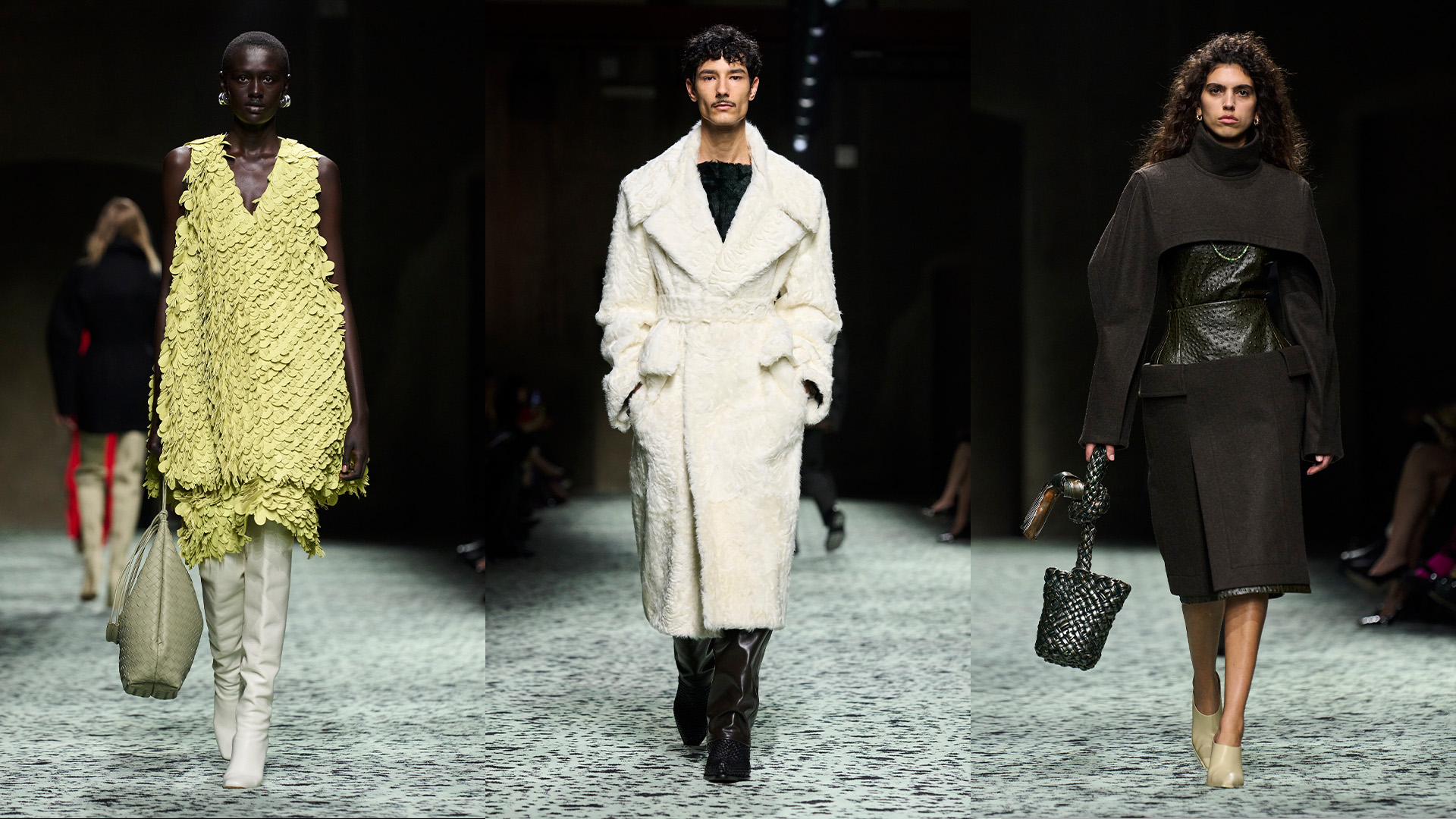There’s a fun game you can play at a Bottega Veneta show. It’s inspired by the TV show Is it Cake?, but instead you have to guess: Is it Leather? Honestly, it’s hard to tell. You can only really find out if you get up close enough to touch the pieces on show. The knitted socks and striped pyjamas by bed-headed models at the start of the show? The cosy turtlenecks, elegant peignoirs and buttoned-up Monday morning tailoring? Yes, it’s all leather. Trench coats, tank tops, more denim, embossed-floral skirts, sprezzatura layers of four-pocket shirts, slouchy tailoring and ties; bucket bags, socks, thigh-high boots, woven sandals that you might find at the beach; even paillette sequins. It’s all leather! Not only that, but it’s the best leather in the world, treated with so much care and technique that it’s weightless and unrecognisable. On a practical level, it’s also incredibly comfortable (I wore a pair of last season’s leather blue jeans that day, and honestly forgot they weren’t denim until I had to stomp across town; I didn’t need a coat).
However, the trompe l’oeil leather isn’t anything new at Bottega Veneta; it’s simply a continuation of Belgian creative director Matthieu Blazy’s dedication to innovation in both craftsmanship and design; and the symbiotic relationship between the two. Without sounding too hyperbolic, the result was breathtaking, even emotional. ‘Generous’ was the word I kept coming back to after the show, the atmosphere of which felt intimate and personal. It felt like being served a banquet of home-cooked food, the audience leaving feeling utterly fed. Matthieu is a designer who clearly puts a lot into what he does, putting those six months since the last show to good use (sometimes you really wonder what designers have been doing with their time). He, however, is a designers’ designer, having worked behind the scenes at many houses, a silent force of creativity tasked with translating ideas to the ateliers. Little wonder collection felt like a dance between Bottega’s designers and craftspeople, a harmony of blue-sky ideas and technical ability. Some of the pieces, he said, have been in development for more than a year, like the grass-like plumage which is actually entirely woven into the fabric of dresses and coats.
There was individualism to every single look and a sense of motion and vibrancy in every garment. Nothing was basic or as it seemed; so much so that it feels like a Sisyphean task trying to describe it. What I can tell you is that the show was the final chapter of a trilogy dedicated to ‘Italia’, the past and present of a country that has just voted in a far-right government. In the centre of the intimate venue, sitting on carpets resembling Puglian ceramics, were two sets of sculptures borrowed from museums: the famous bronze runners of Pompeii from 1BC, and in the other room, the 1913 sculpture by Italian Futurist Umberto Boccioni, one of Blazy’s perennial inspirations, with its abstract rendition of a muscular body in motion. “The idea was to reconnect Italy through its history,” he explained after the show. “The debate we have with the team is the idea of positive nationalism, that you can reappropriate your history in a very positive way.”
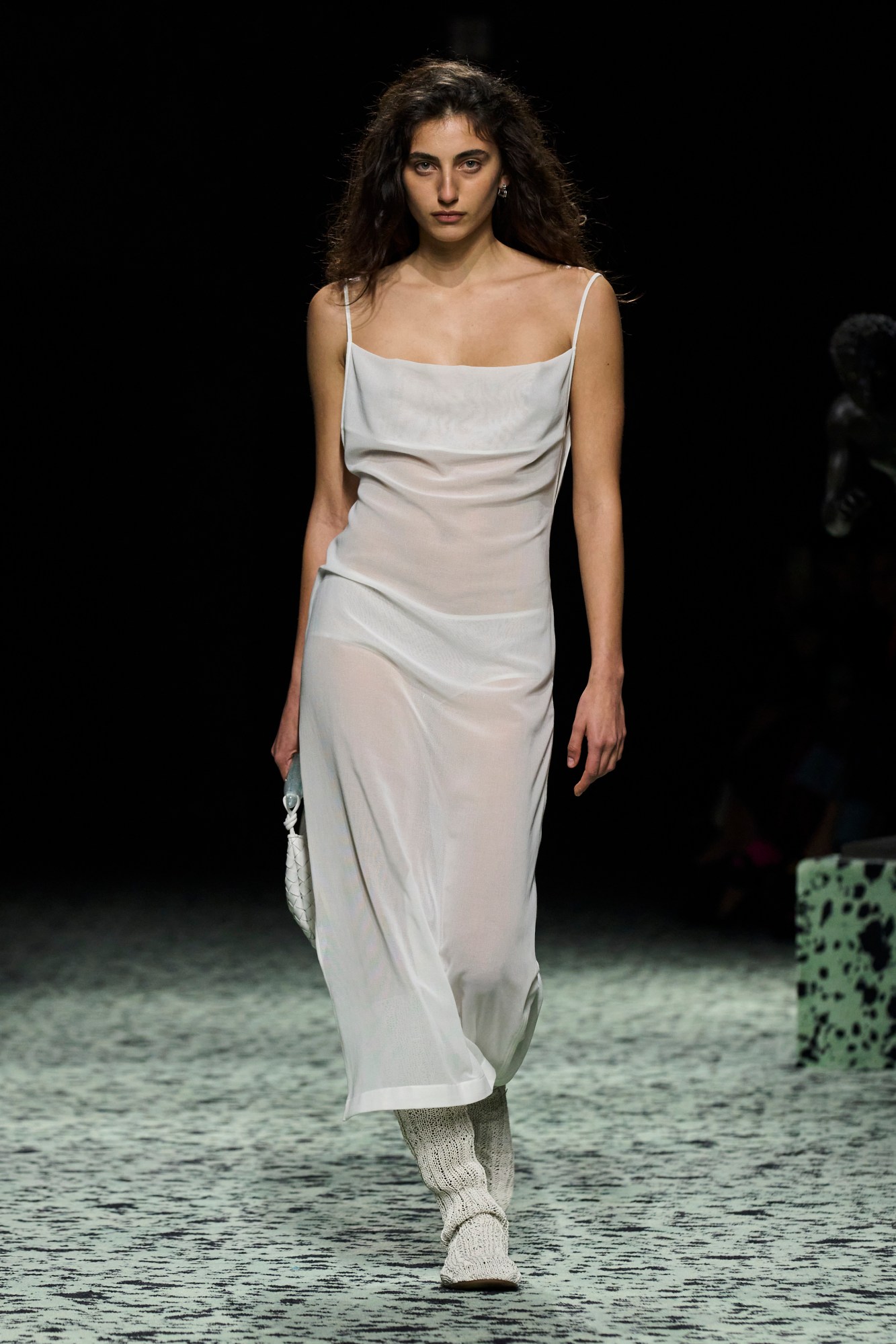
The result was what he described as a carnival parade of individual characters, who might be walking down the street; an emphasis on ‘walking; almost all of the looks were cut to have a Boccioni-like sense of motion. Matthieu said that the week of show prep was one of the best weeks of his life, experimenting and laying down the gauntlet of what he and his team have worked on. Again, the result was unbridled in its extravagance and extensive in its references to hallmarks of Italian culture. “From day one, we decided not to edit the collection; we kept on adding more and more characters,” he enthused. The collection took a more formal turn from his previous elevations of everyday casuals — although that very first tank top and jeans that opened his first show closed this one, as a reminder of its timelessness.
Everything, everywhere, all at once. There were references to 50s Italian tailoring and its sprezzatura layering — “I always look at how women and men here layer. It’s very sophisticated, even when it doesn’t work, you know?” Matthieu said, completely sincerely — to the prima donnas of Carlo Mollini and the Southern nomads with their colourful tapestries; Milan’s fur-swaddled sciure; high-collared, buttoned-up Roman priests and Agnelli-like playboys in their rolled cuffs and open shirts; and the mythological, chimerical sirens of the screen and of the sea (mermaids were an unlikely inspiration, but here we are).
Underscoring it all was the transformative superpower of fashion, and an investigation into the concept of ‘chic’, a word designers so rarely use these days. “When do we start to be chic? In the morning at home, when we’re half-dresses? Or, when we were wearing something that is almost costume?” he reflected. The answer was both, in Matthieu’s words: “You can be whatever you want to be, even if it’s a creature.” He looked at Italian mythology, at the beauty of kids wearing superhero costumes, and captured that feeling that sometimes you look best when you’re just about to go to bed, or when you’ve just woken up. It nailed fashion’s own mythological obsession with natural and artificial beauty, giving equal significance to both.
Ultimately, however, the success of this collection wasn’t about high-falutin’ concepts or hour-counting metrics of craftsmanship — it was in the abundant feast of colour, texture and shape. Sometimes, that’s all it takes to stir emotion. In just a year since he made his debut, Matthieu Blazy has become a force of fashion, quite simply by proposing great ideas about how to get dressed in the morning (or not, in the case of this show). You can how much he loves doing what he does, and how deeply he believes in the magic and transformative power of fashion. Thankfully, it’s utterly infectious.

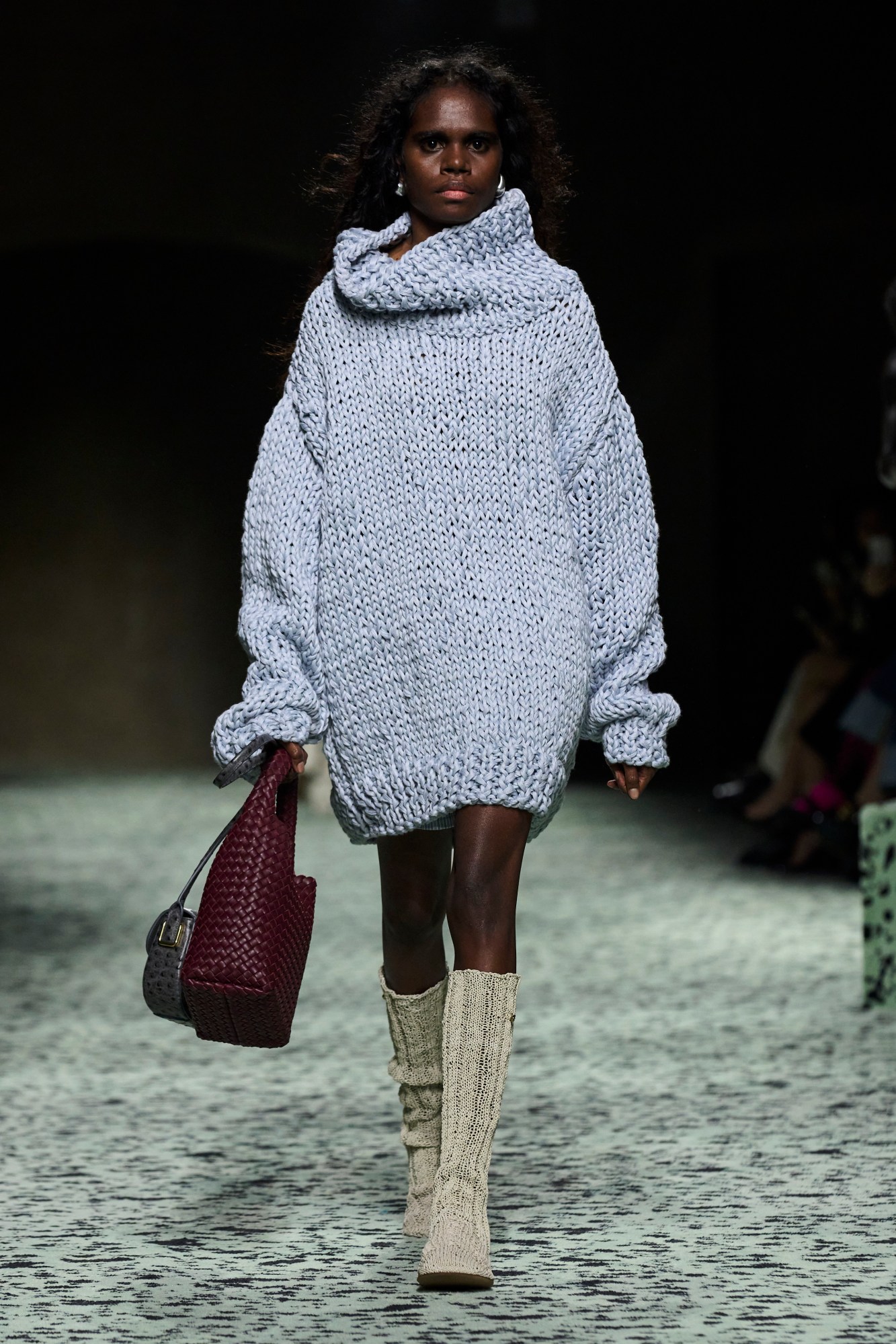

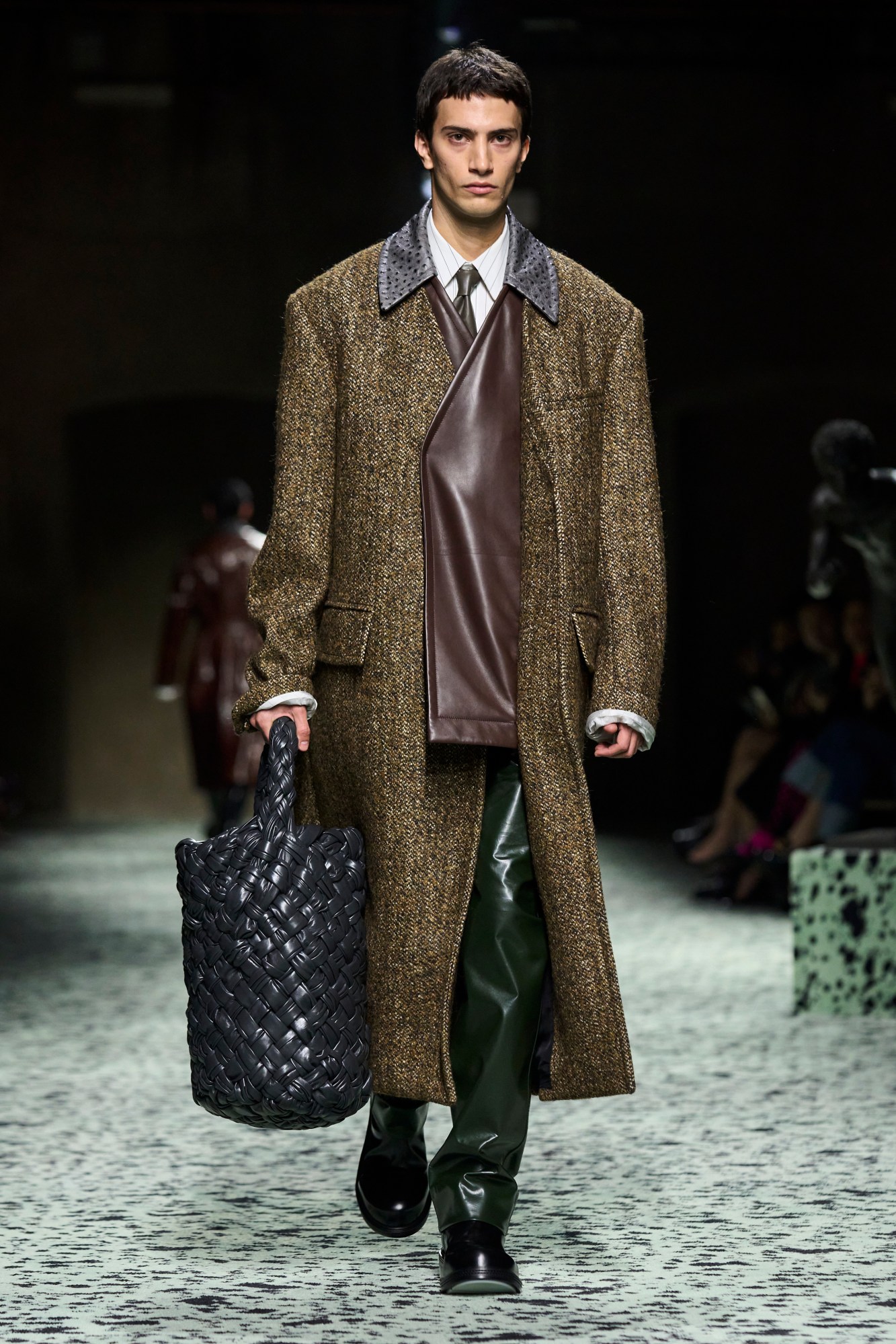

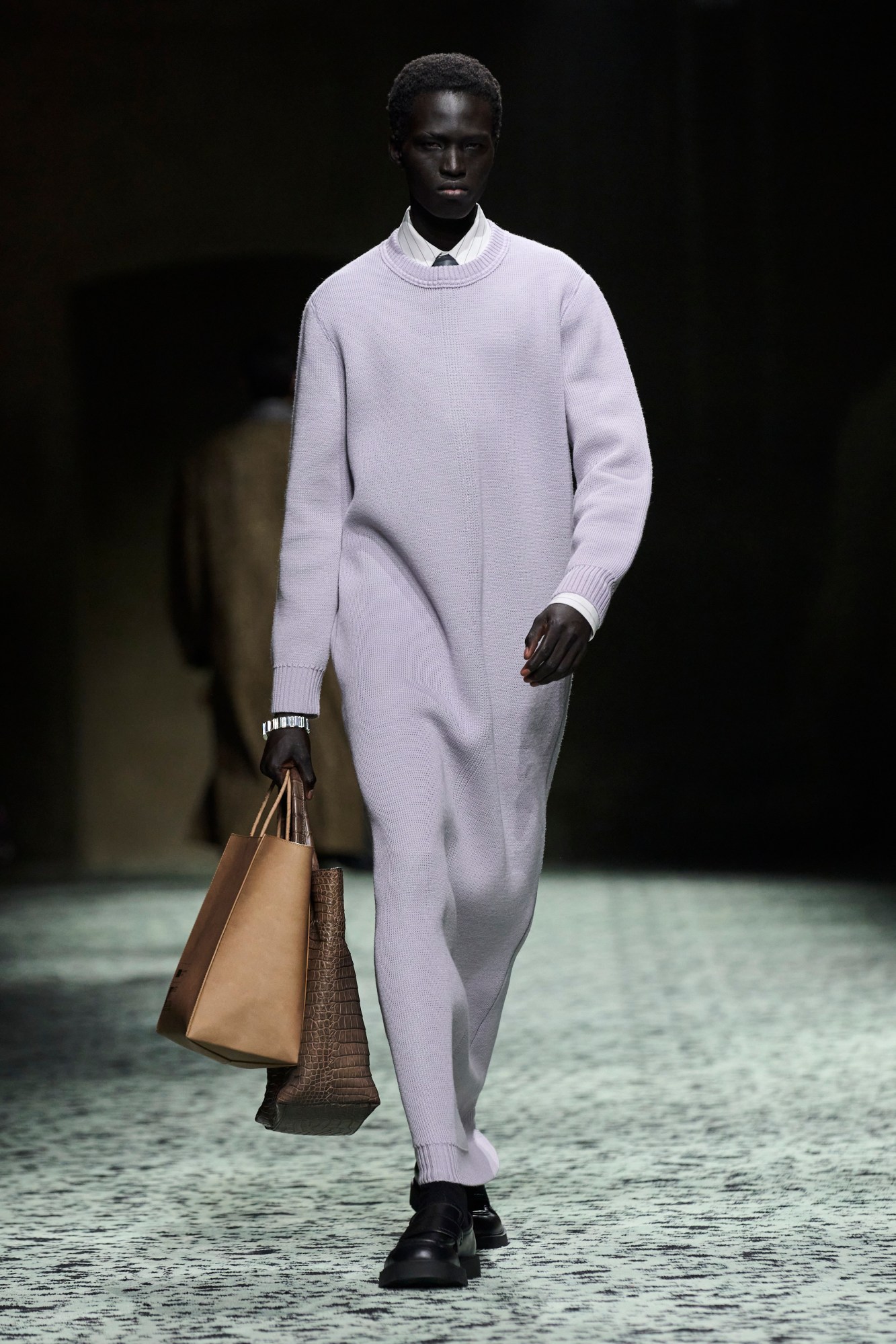
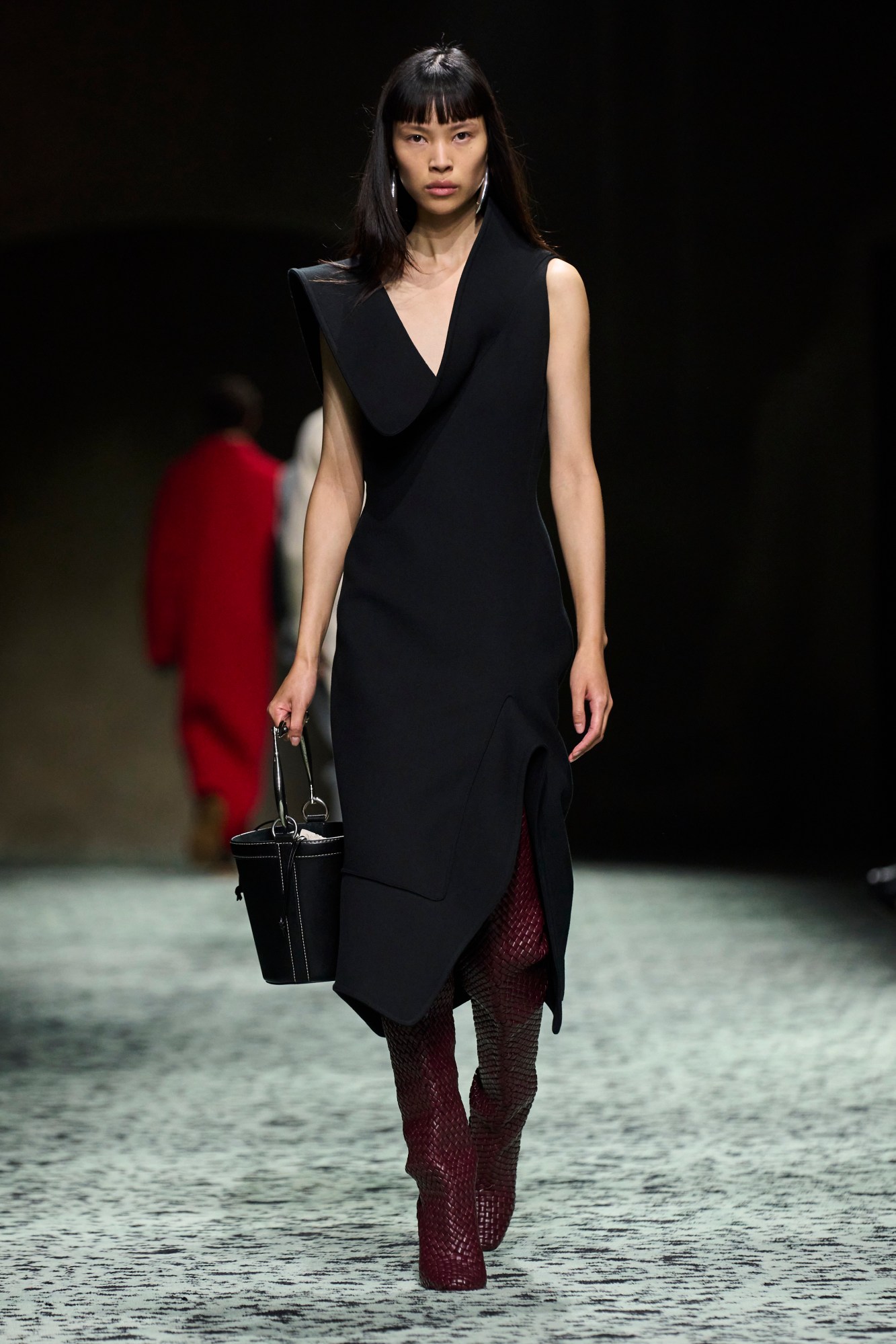
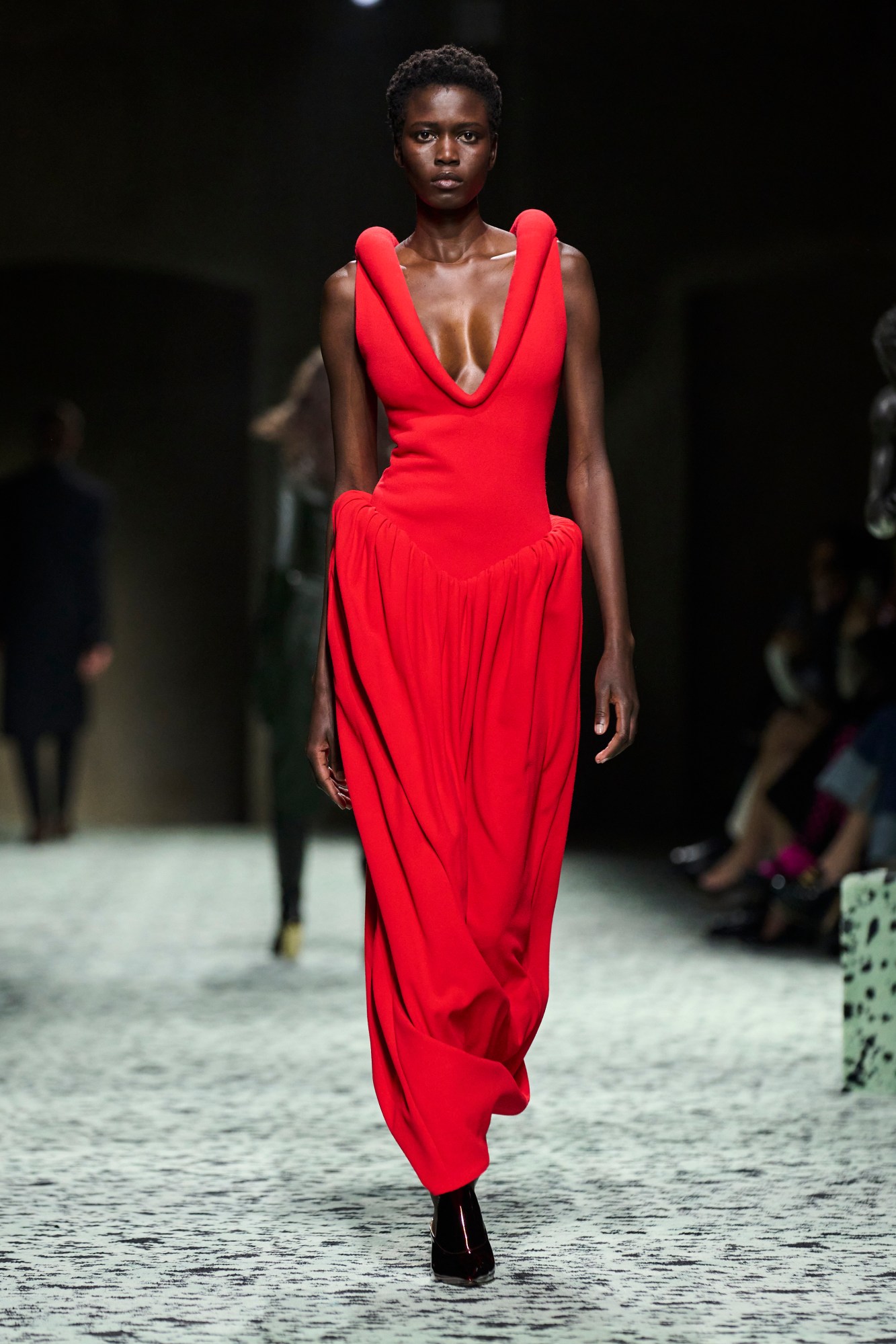
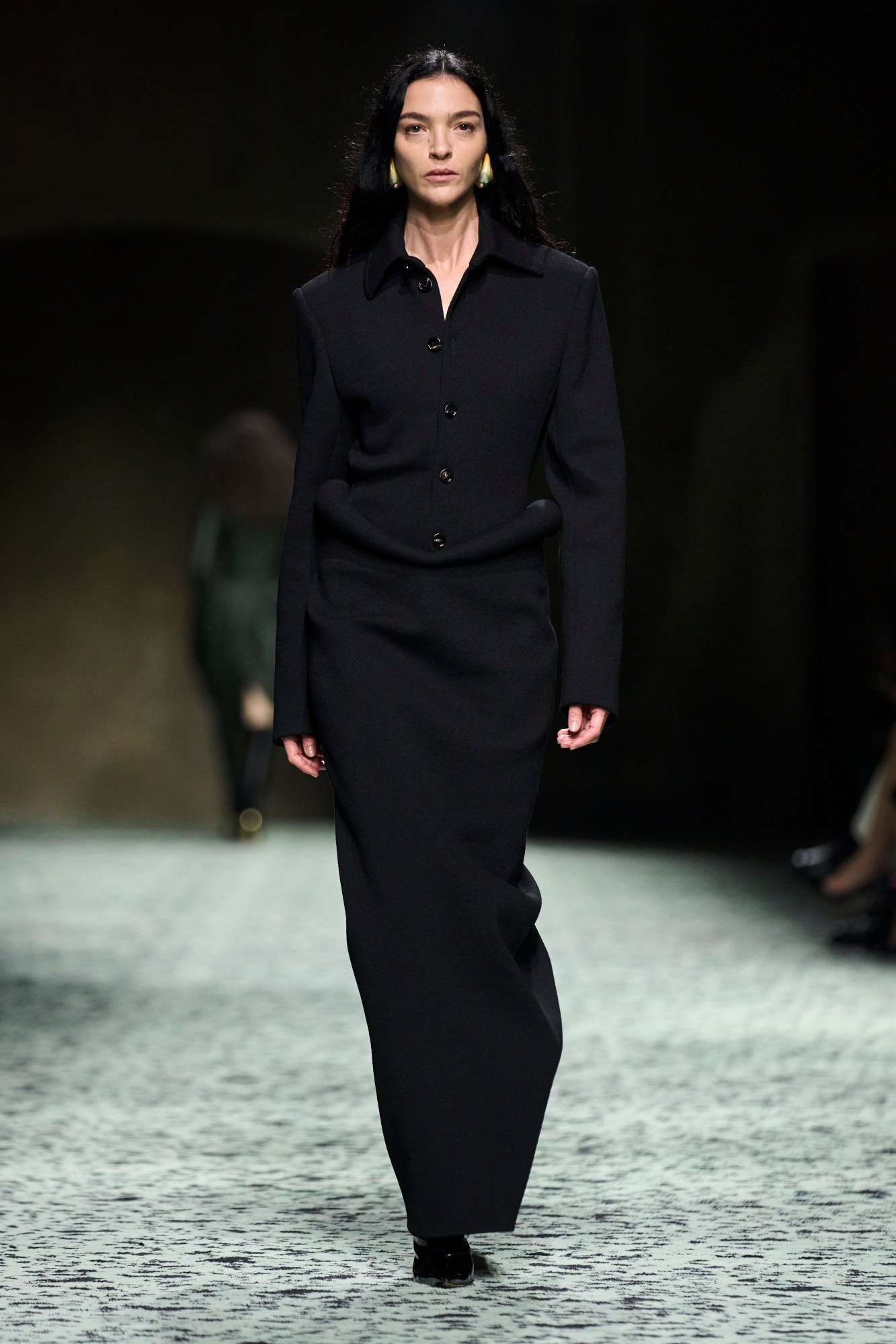

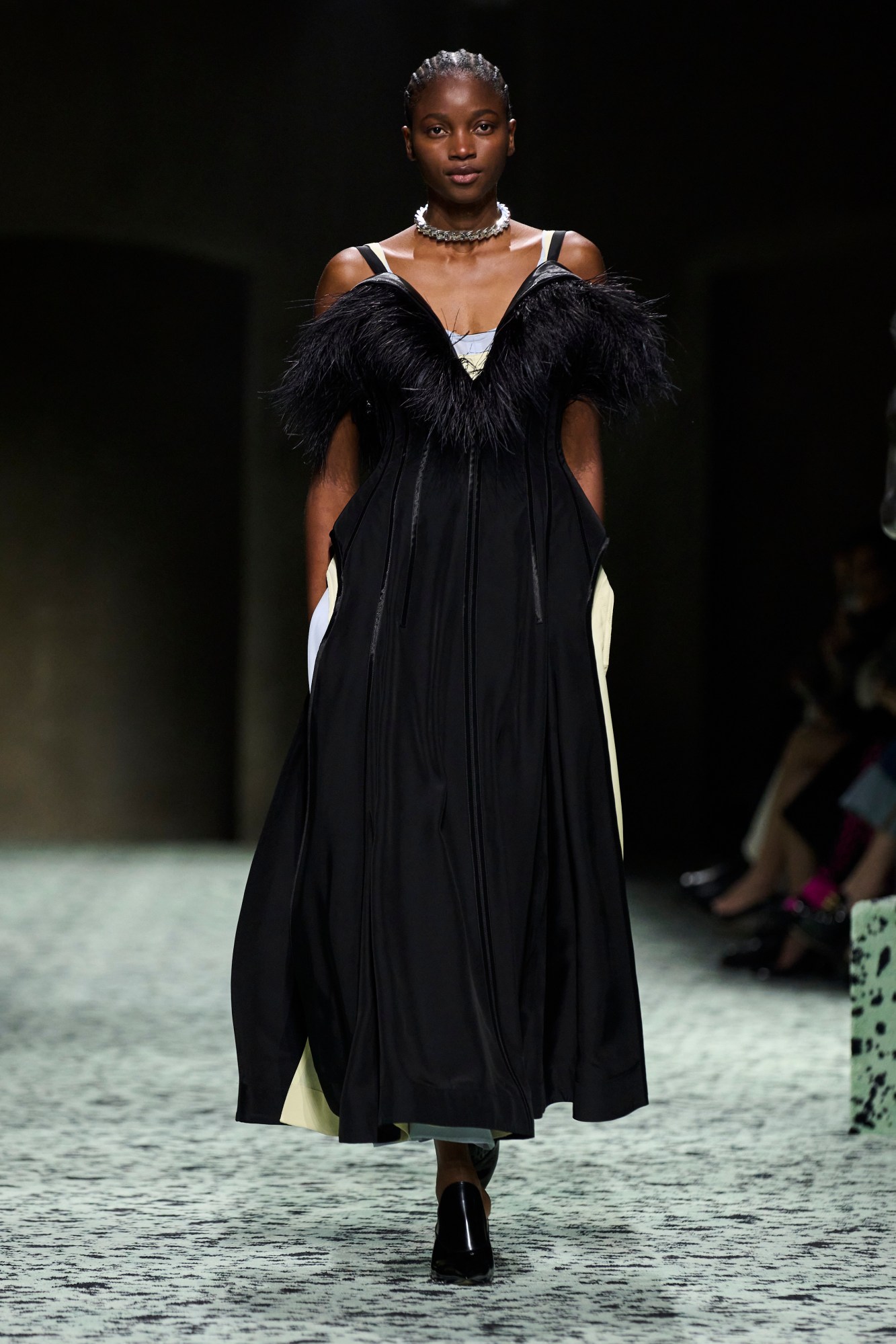


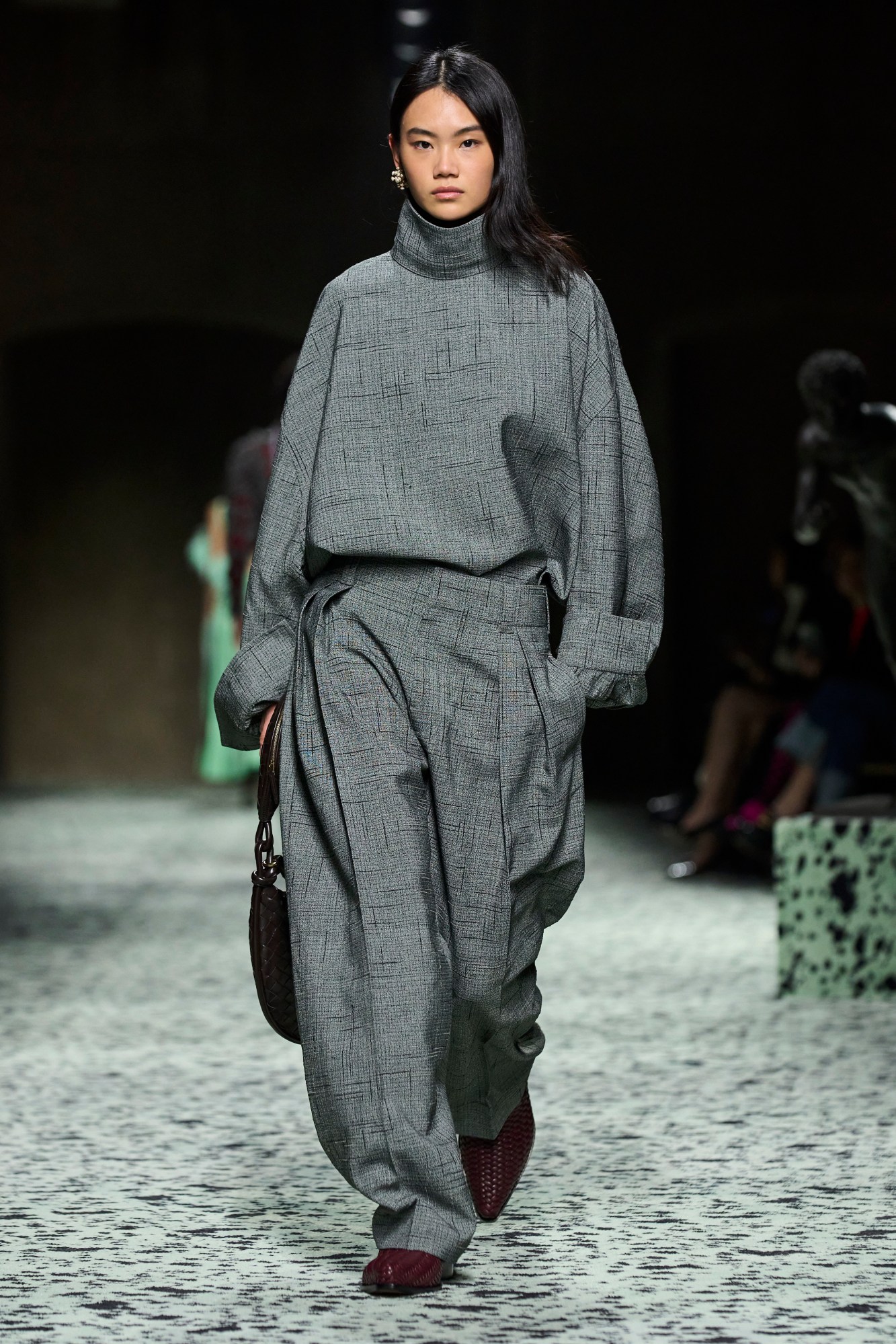
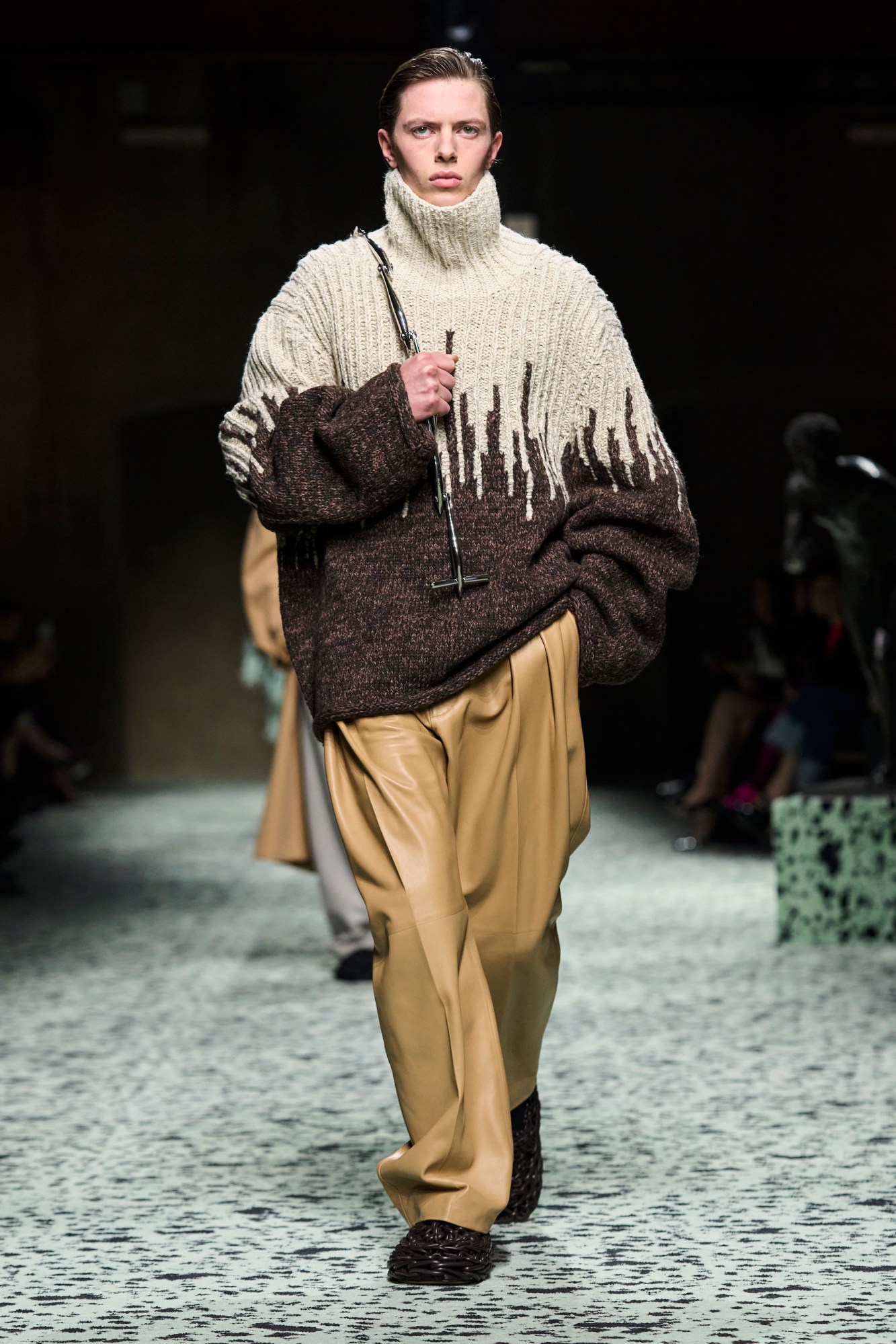
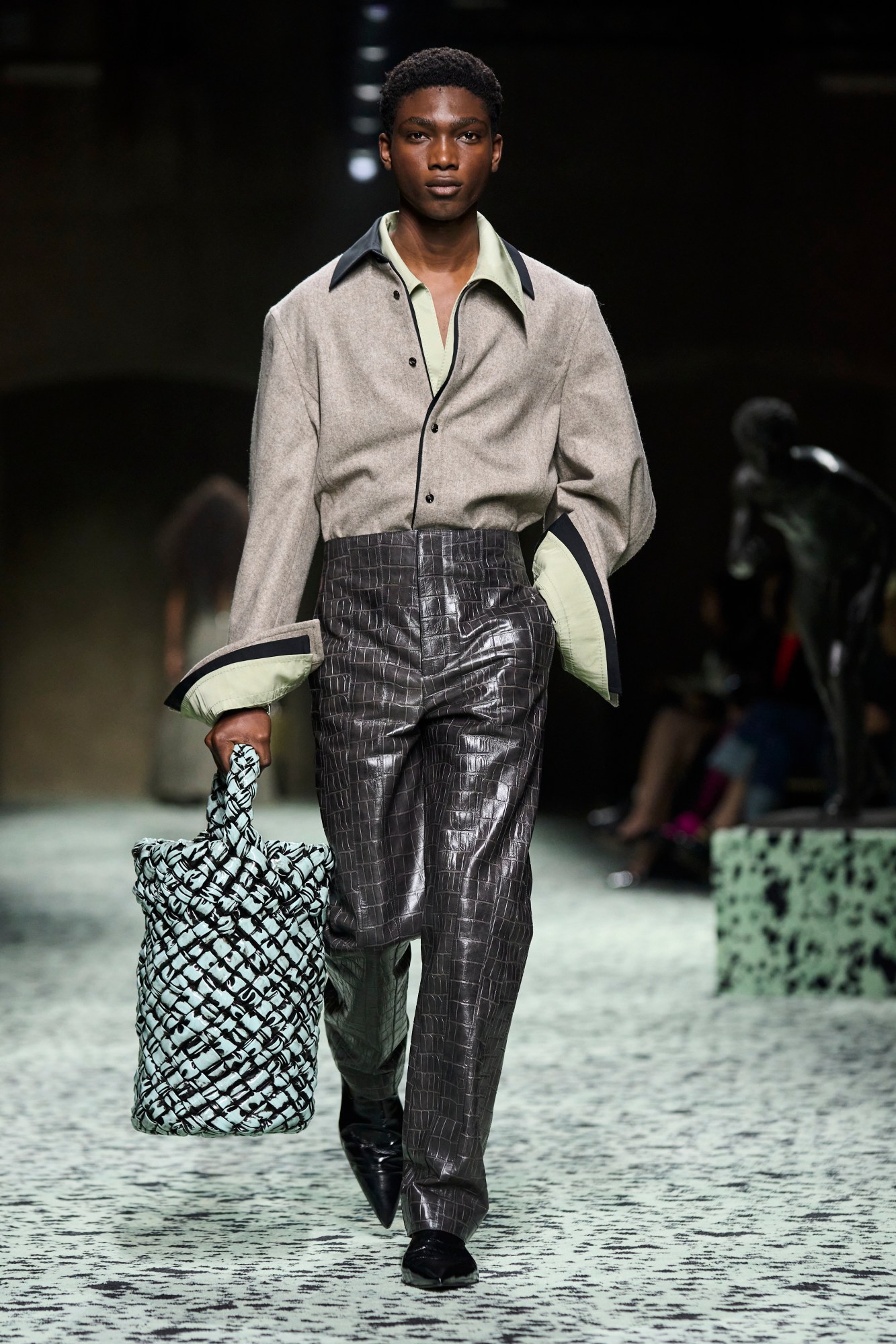
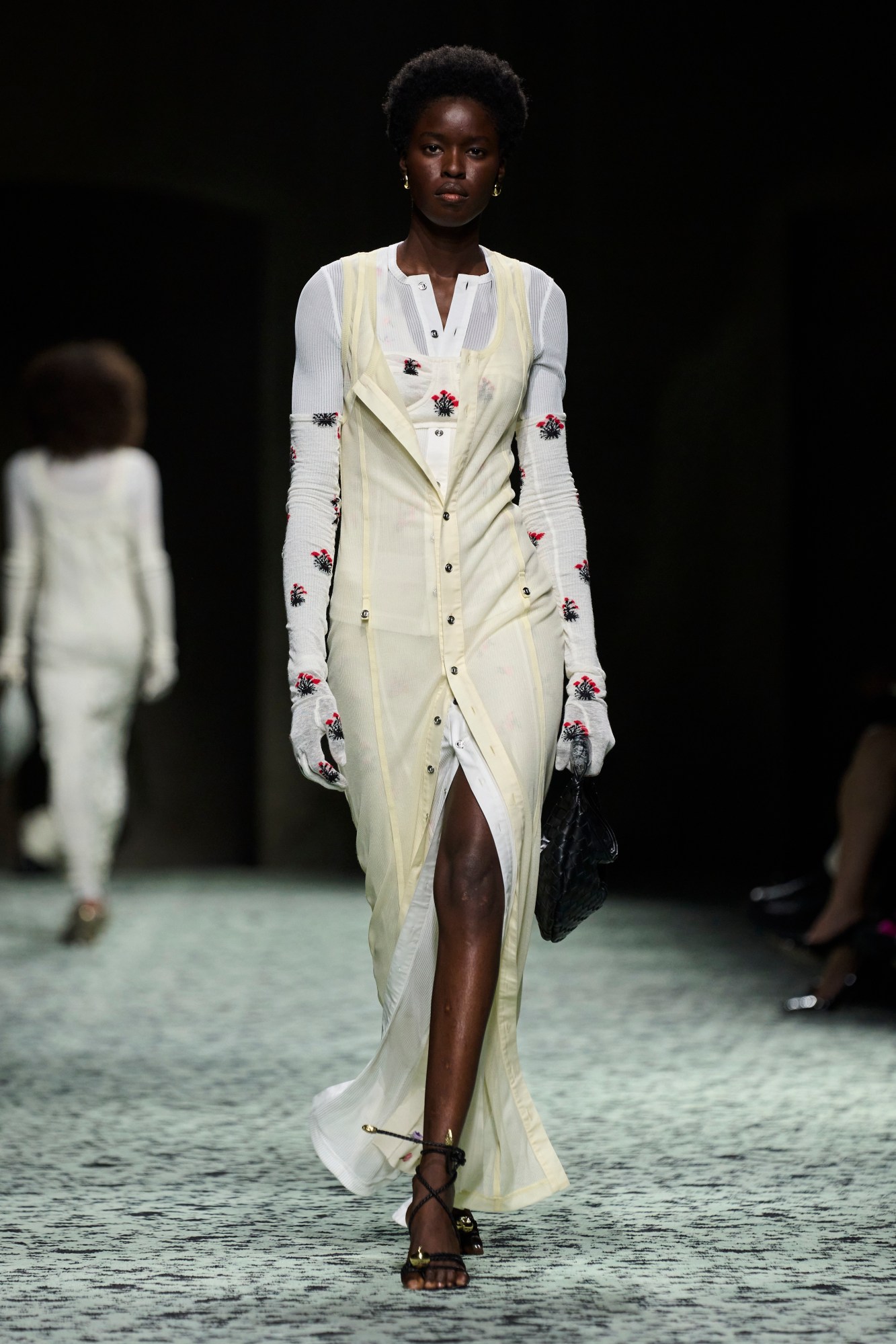

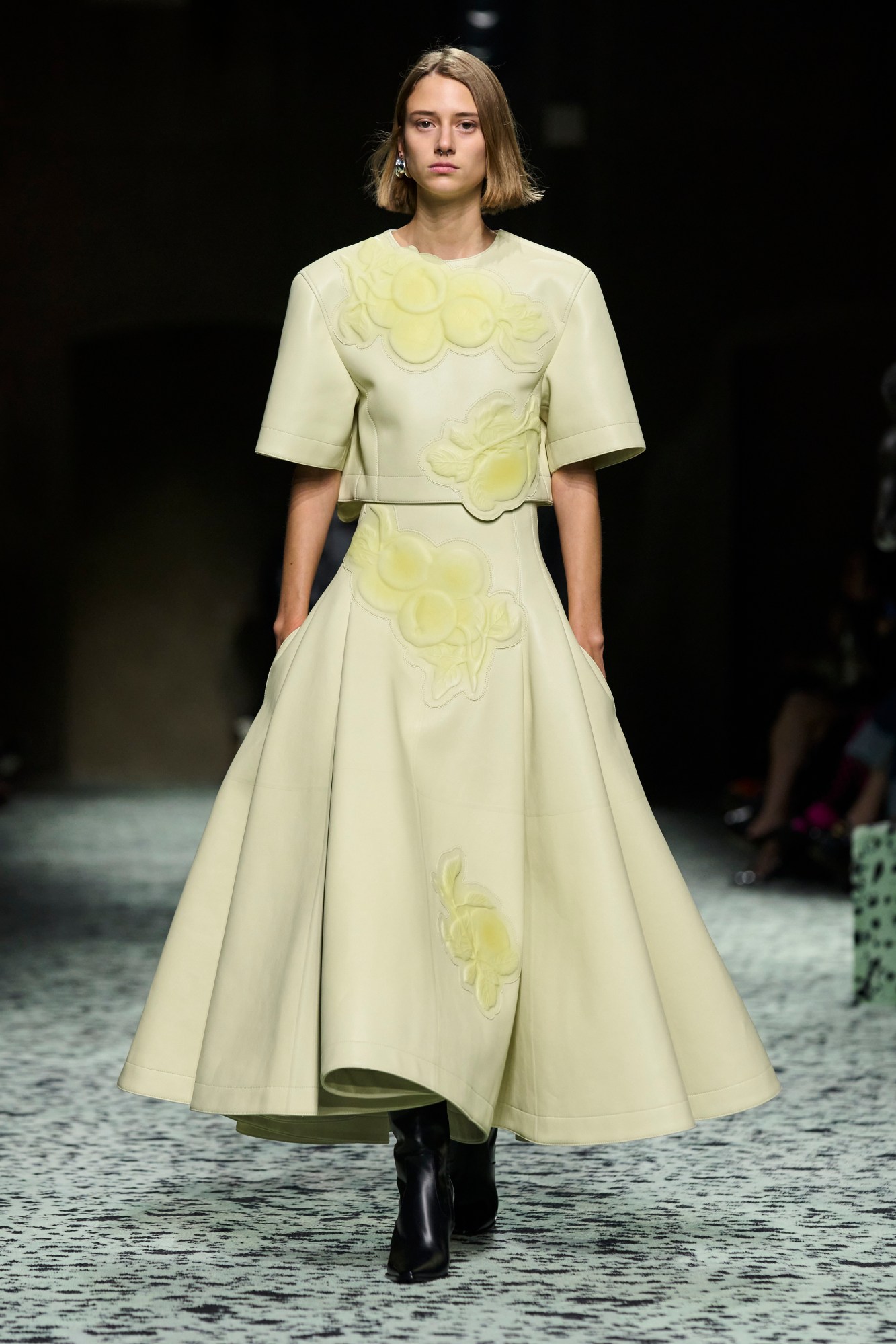

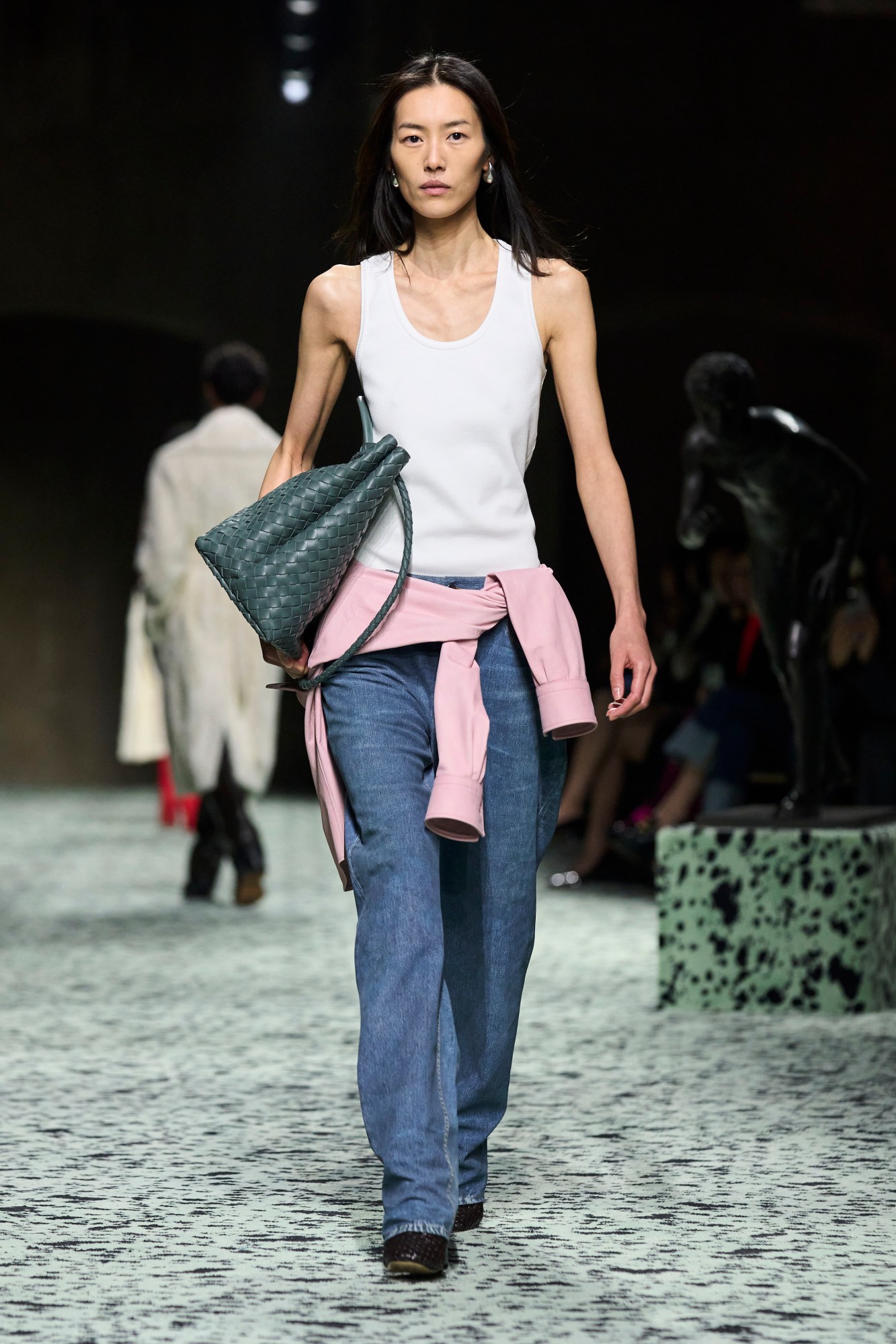
Credits
Images via Spotlight
